T.S. Eliot once said, “Good writers borrow, great writers steal.”
But the reality is that being inspired by others’ ideas has always been part of the creative process.
Every invention, book, and film is built on something that came before it.
Now, in the age of AI, what happens when the writer isn’t even human? With generative AI, like ChatGPT, becoming so popular, we’re seeing a huge difference in how content is created.
That raises a new question: Is AI-generated content inspiration or plagiarism?
If Picasso could borrow inspiration from African art and Shakespeare built his masterpieces on old legends and myths, then would using ChatGPT really be that different?
In this guide, we’ll unpack what’s happening behind the screen, when AI use crosses ethical lines, and what you need to know before publishing anything AI-assisted.
What Is Plagiarism?
Plagiarism is the act of taking someone else’s work or ideas and passing them off as your own. Simple definition, complex implications.
It’s not illegal in many countries, such as the United States, but that doesn’t mean it’s at all ethical.
Traditional plagiarism occurs when you copy text verbatim from a source without proper citation, but it extends much further than that.
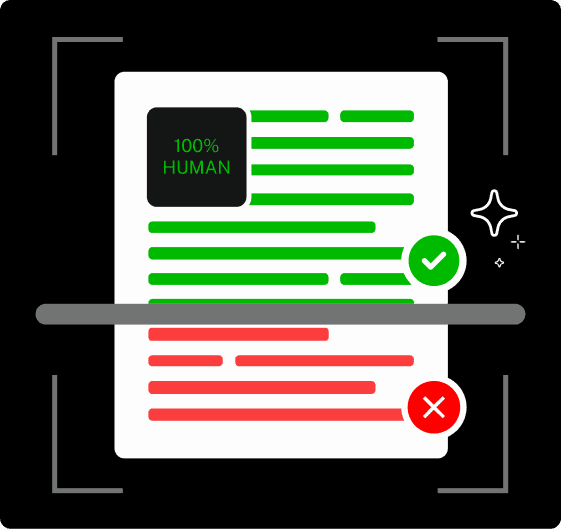

Never Worry About AI Detecting Your Texts Again. Undetectable AI Can Help You:
- Make your AI assisted writing appear human-like.
- Bypass all major AI detection tools with just one click.
- Use AI safely and confidently in school and work.
Plagiarism also includes:
- Paraphrasing another’s work without attribution
- Presenting someone else’s ideas as your own
- Recycling your own previous work without acknowledgment (self-plagiarism)
- Using images, data, or media without permission or citation
- Submitting work completed by another person
The concept of plagiarism predates the digital age by centuries. It’s fundamentally about intellectual honesty.
When we create content, we’re expected to clearly distinguish between our original contributions and ideas we’ve borrowed from others.
But AI tools like ChatGPT have muddied these waters.
Who exactly is the “author” of AI-generated text? Is it the AI itself? The company that created the AI? The countless authors whose works trained the AI? Or is it you, the person who prompted the AI to produce the text?
The answer has serious implications for how we use AI-generated content in academic, professional, and creative contexts.
How ChatGPT Generates Text
To understand whether ChatGPT plagiarizes, we first need to grasp how it generates text.
ChatGPT is a large language model (LLM) that is trained on vast amounts of text from the internet, including books, articles, websites, and other sources.
ChatGPT doesn’t work when copying and pasting existing content. Instead, it learns patterns, relationships between words, sentence structures, and concepts from its training data.
When given a prompt, it predicts what text should come next based on these learned patterns.
Think of it like a musician who has listened to thousands of songs.
They don’t play exact copies of those songs, but their music is influenced by everything they’ve heard.
The patterns and techniques they’ve absorbed shape their original compositions.
Similarly, ChatGPT produces text that reflects patterns in its training data without directly copying specific passages.
It generates new sequences of words based on probabilities it has learned from analyzing billions of examples.
This process is called “generative AI” because it generates new content rather than retrieving existing content.
The key distinction here is that ChatGPT creates text probabilistically, not by searching a database of existing text and copying it.
Is ChatGPT Output Plagiarized?
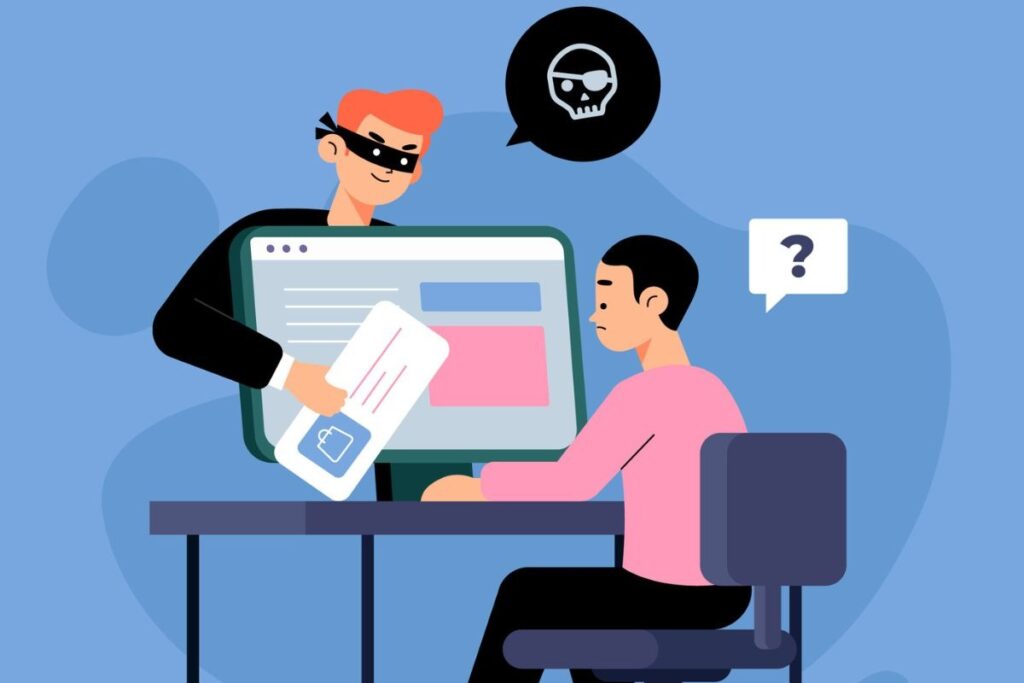
The answer isn’t black and white. ChatGPT-generated content exists in a gray area that our traditional definitions of plagiarism don’t fully address.
In most cases, ChatGPT doesn’t directly copy text from specific sources. Its output is statistically generated based on patterns learned from millions of texts.
This means the exact paragraphs it produces likely don’t exist verbatim anywhere else.
However, there are important caveats to consider:
- ChatGPT can occasionally reproduce text that closely resembles existing content, especially well-known quotes, common phrases, or standard definitions.
- The ideas and concepts in ChatGPT’s output aren’t truly “original” in the human sense. They’re recombinations of existing knowledge.
- When ChatGPT outputs factual information, that information comes from somewhere—it didn’t invent these facts.
This is why running AI-generated content through plagiarism checkers is a smart practice.
Tools like Undetectable AI’s AI Plagiarism Checker can identify potential issues before they become problems.

Even with clean plagiarism results, it’s important to edit and personalize the output.
Using Undetectable AI’s AI Paraphraser can help transform generic AI text into content that reflects your unique voice and perspective.
When referencing facts or studies in AI-generated content, proper citations are still necessary.
You can ask Undetectable AI’s AI Chat for help formatting citations correctly, ensuring academic integrity remains intact.
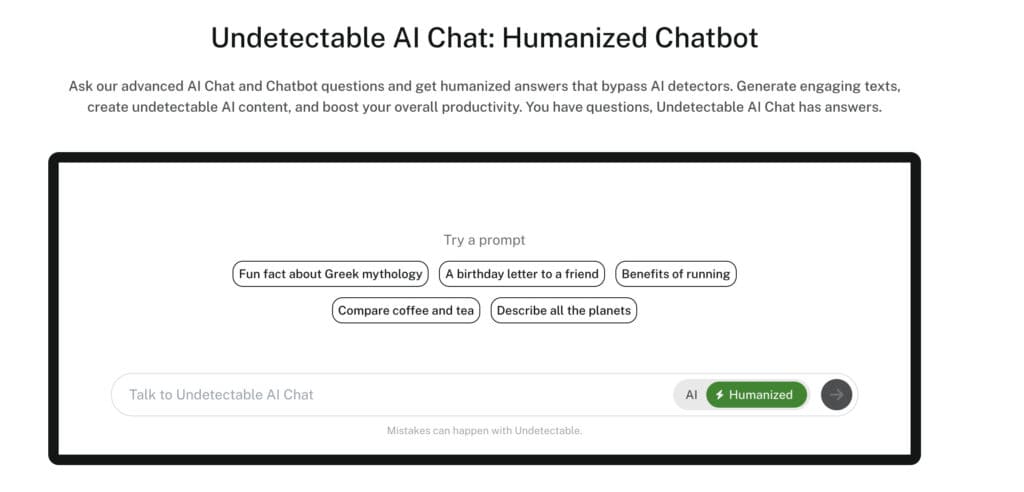
Academic and Ethical Considerations
Academic institutions and professional organizations are still developing policies on AI-generated content.
Their concerns extend beyond traditional plagiarism.
Many educational institutions consider submitting AI-generated work as your own to be a form of academic dishonesty.
Their reasoning is sound: learning objectives are undermined when students outsource their thinking to AI.
Harvard University’s academic integrity policies, for example, now explicitly address AI tools, requiring full disclosure when they’re used.
Other institutions have implemented similar guidelines, though approaches vary widely.
From an ethical standpoint, several issues emerge:
- Transparency: Being honest about how the content was created
- Attribution: Acknowledging the sources of information and ideas
- Intellectual development: Using AI as a tool for enhancement rather than replacement of critical thinking
- Fairness: Ensuring equal access to technology and clear standards for its use
Professional writers face different but related concerns. Using AI without disclosure may violate client expectations or publication guidelines.
The publishing industry is increasingly requiring writers to disclose AI usage in their work.
The legal landscape is also evolving. Copyright law hasn’t fully caught up with AI capabilities, leaving questions about the ownership and originality of AI-generated content.
Tools to Detect and Avoid Plagiarism
As AI writing becomes more common, so do the tools designed to detect it.
Many traditional plagiarism checkers struggle with AI-generated content because it doesn’t directly copy existing texts.
Specialized AI detectors are filling this gap.
These tools analyze text patterns, looking for telltale signs of AI generation like unusual consistency, lack of idiosyncrasies, or statistical patterns common in AI output.
Earlier, we mentioned Undetectable AI’s AI Plagiarism Checker, which helps flag AI-like writing patterns before they cause problems. But Undetectable AI doesn’t stop there.
For content that needs humanizing, Undetectable AI’s AI Humanizer makes AI-generated text more natural and human-like.
It refines the text by introducing human rhythm: varying sentence lengths, adding stylistic nuances, and smoothing overly uniform structures.
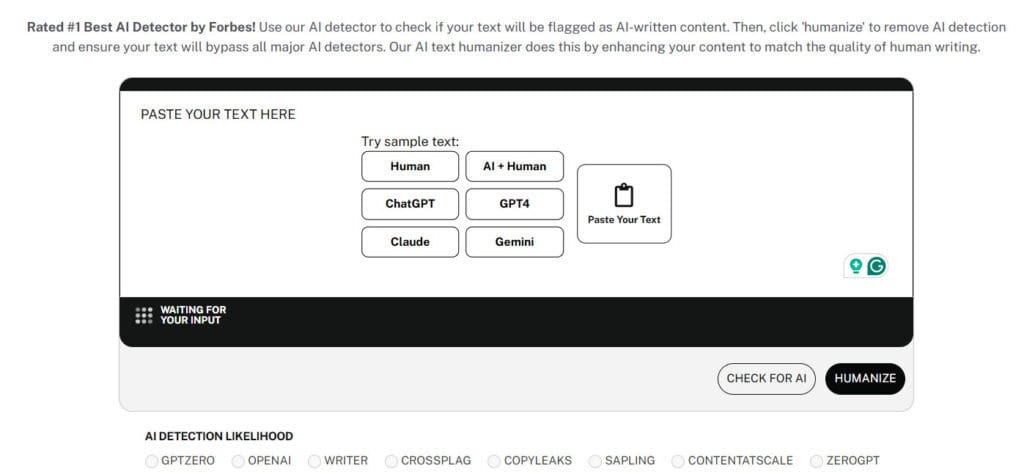
The AI Stealth Writer takes this a step further, rephrasing output to bypass AI detection while maintaining the original meaning and quality.
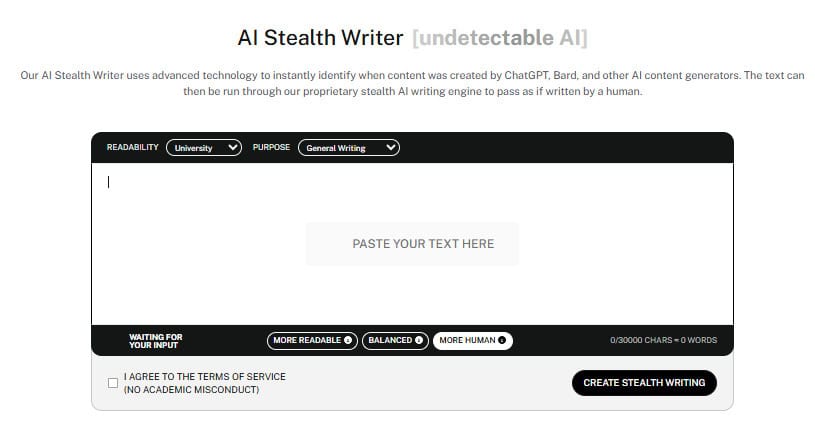
These tools aren’t designed to facilitate dishonesty. Rather, they help legitimate users of AI tools ensure their content is original, personalized, and appropriate for their intended use.
How to Use ChatGPT Ethically
Ethical use of ChatGPT is possible with the right approach. Here are key practices to follow:
- Transparency is essential. Disclose when and how you’ve used AI tools, especially in academic or professional contexts.
- Use ChatGPT as a starting point, not the final product. Edit, revise, and personalize the output to make it genuinely yours.
- Verify facts independently. ChatGPT can generate plausible-sounding but incorrect information. Double-check any factual claims.
- Add proper citations for information provided by ChatGPT, especially for facts, statistics, or specific claims.
- Follow institutional policies. If your school or workplace has guidelines about AI use, adhere to them strictly.
- Use AI tools to enhance your capabilities, not replace your critical thinking or creative process.
- Be aware of the limitations. ChatGPT isn’t aware of recent events (after its training cutoff) and may not have expertise in specialized fields.
AI can be tremendously valuable for brainstorming, overcoming writer’s block, generating outlines, or providing feedback on your work.
These uses typically raise fewer ethical concerns than submitting AI-generated content as entirely your own.
Enhance your experience by trying our AI Detector and Humanizer in the widget below!
FAQs: ChatGPT and Plagiarism
Can ChatGPT accidentally plagiarize?
Yes, it can. While ChatGPT doesn’t intentionally copy text, it may occasionally reproduce content from its training data, especially common phrases, definitions, or widely-quoted passages.
This is rare but possible, which is why checking your AI-generated content with a plagiarism detector is important.
Can I submit ChatGPT content for school assignments?
It depends entirely on your institution’s policies. Many schools now explicitly prohibit submitting AI-generated content without disclosure and instructor permission.
Even when not explicitly prohibited, submitting AI work as your own may violate academic integrity policies. Check your school’s guidelines and speak with your instructor when in doubt.
Is ChatGPT safer than copying content from Google?
In terms of verbatim plagiarism, ChatGPT is generally less likely to produce exact copies of existing text than manually copying from Google search results.
However, both approaches raise ethical issues if you’re presenting the content as your own work. ChatGPT isn’t a shortcut around academic integrity or originality expectations.
Do plagiarism checkers detect ChatGPT content?
Traditional plagiarism checkers may not flag ChatGPT content if it doesn’t match existing texts verbatim.
However, specialized AI detectors are increasingly sophisticated at identifying AI-generated text based on linguistic patterns and statistical features.
Many institutions now use both types of tools to assess submitted work.
Plagiarism or Progress?
When you understand both the strengths and limits of tools like ChatGPT—and pair them with Undetectable AI’s purpose-built writing tools—you can harness the power of AI without compromising originality or credibility.
Tools like our AI Essay Writer help you generate structured, plagiarism-free essays, while the Paraphrasing Tool refines AI content into unique, readable text.
With the AI SEO Content Writer, you can create optimized, original content that performs well and stays compliant.
Whether you’re a student, educator, or content creator, Undetectable AI gives you the tools to write smarter, stay ethical, and sound human.
Explore our full suite of AI solutions at Undetectable AI and take control of your content today.
